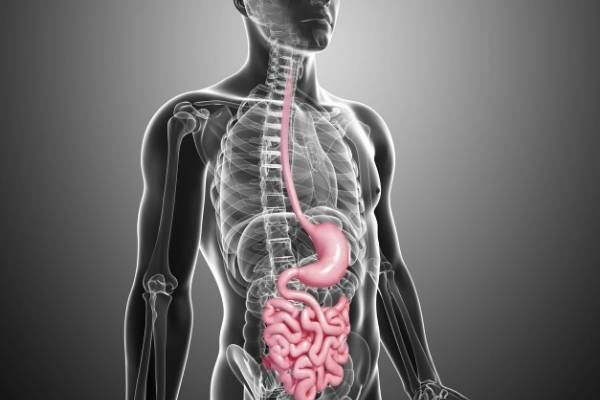Treating brain lesions can be difficult. The blood-brain barrier, which normally serves to protect the brain and spinal cord from damaging chemicals getting into those structures, also keeps out many types of drugs. Surgery can be difficult and risky due…
Positron emission tomography (PET) technology enables clinicians to visualize cellular activity and metabolism but it lacks resolving morphology. Magnetic resonance (MR) technology is excellent for imaging soft tissue as well as functional and morphological details but it has lower then PET…
According to a latest study published in the peer reviewed journal Nature Nanotechnology, investigators suggested that the new nanotechnology in molecular imaging techniques would help physicians in directly visualizing the gastrointestinal tract. Most traditional diagnostic modalities that are used for…
The researchers at Imperial College of London are successful in developing the new nanoparticle that are effective at increasing the diagnostic efficacy of MRI scanning. The nanoparticles are supported by a special protein coating that is capable of getting activated…
A latest retrospective study that has been conducted to assess the radiological trends for emergency departments from 1993 to 2012 was undertaken by the researchers of Brigham and Women’s hospital in Boston. Study suggested that Radiological utilization at quaternary care…
Just how dangerous is football? And how exactly do tackles and blows to the head affect a player’s brain? While there are no definitive answers to these questions just yet, a new brain-scan study revealed subtle differences between the brains…




